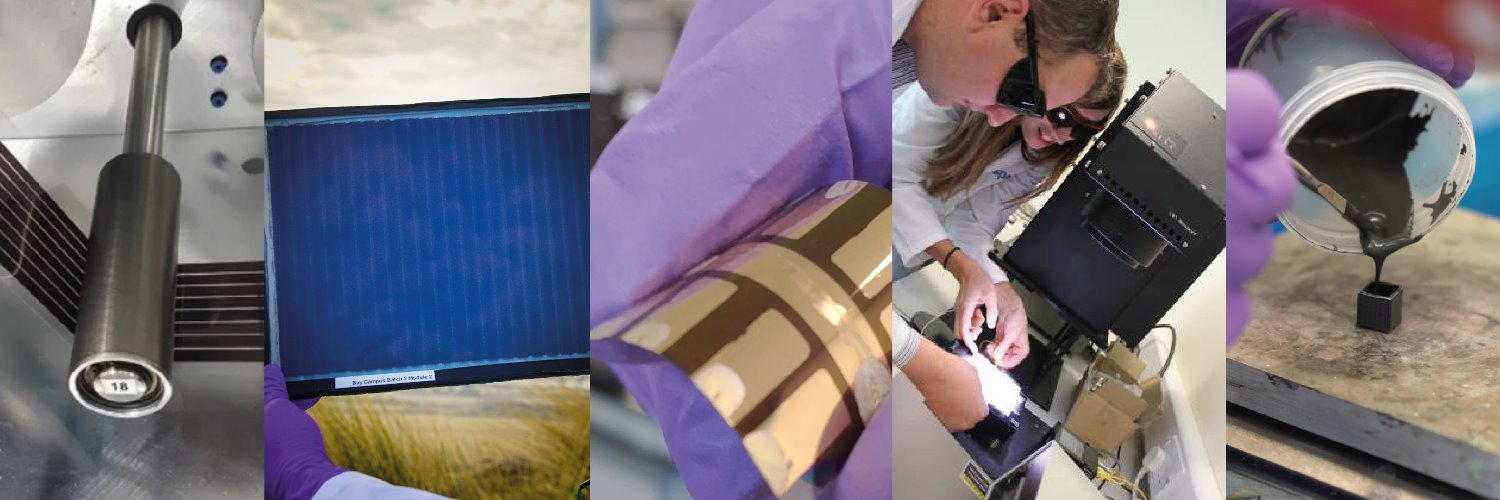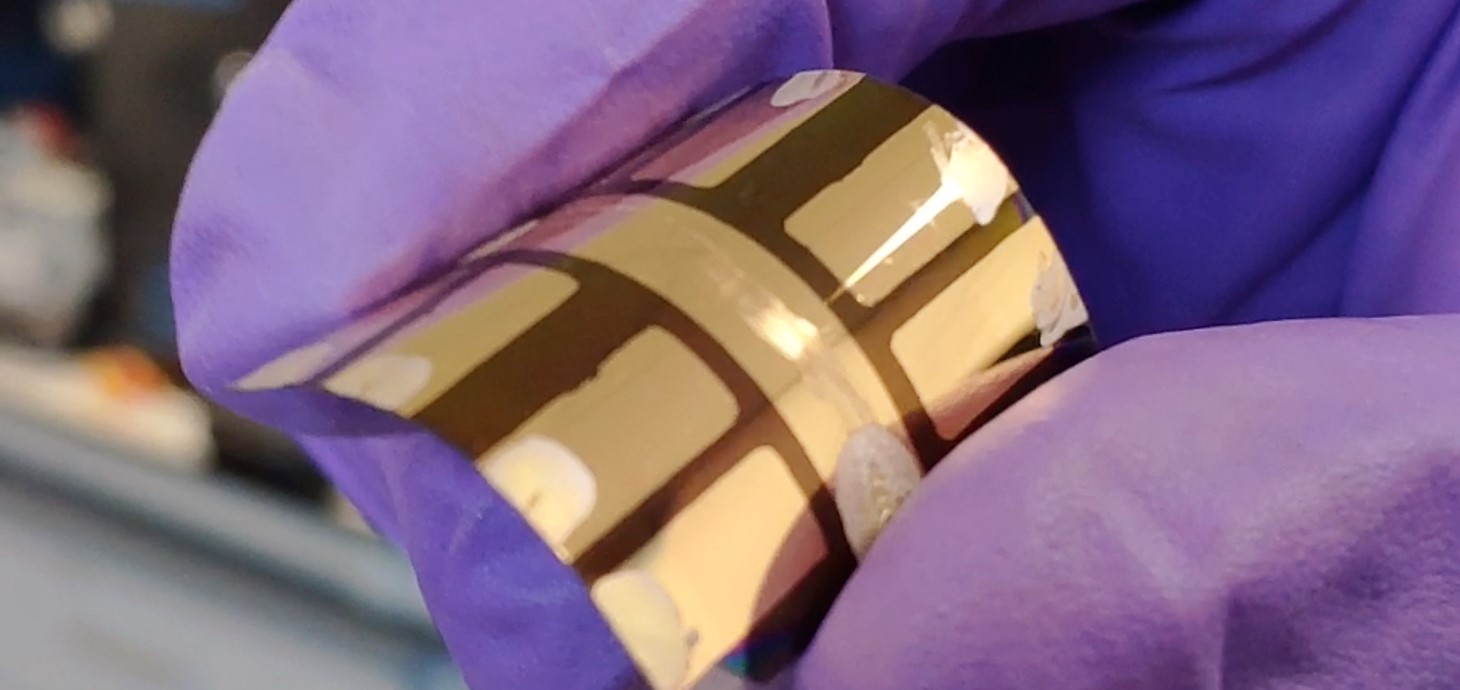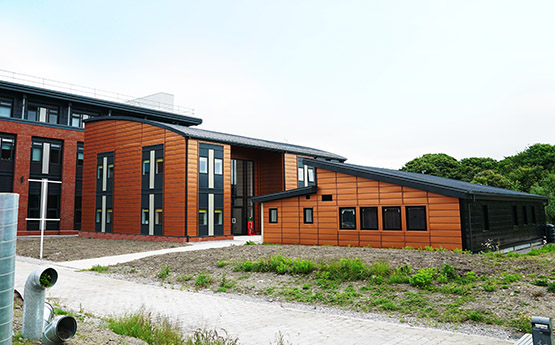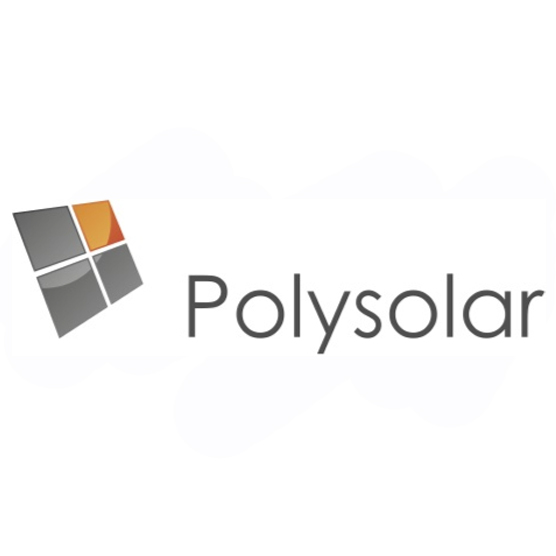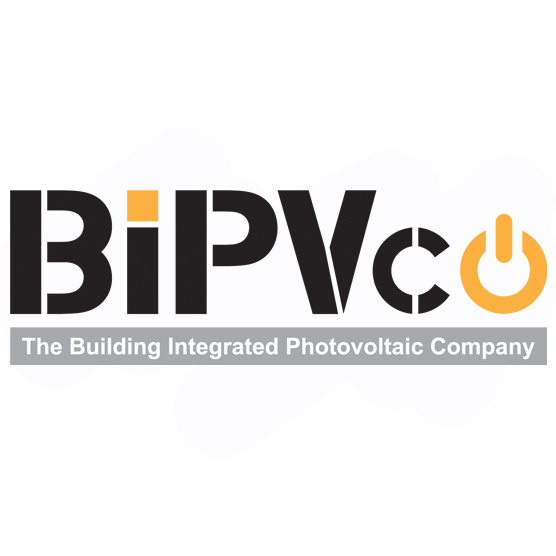Photovoltaics Research Overview
ATIP is a £6M Programme Grant led by SPECIFIC and Swansea University, in close collaboration with Imperial College London and Oxford University, funded by EPSRC. The research is closely supported by 12 key industrial partners. The main objective is to deliver the underpinning science and engineering to drive the uptake of next generation organic photovoltaics and perovskite photovoltaics (PV) into integrated applications of clear technological need.
For more information you can contact the Programme Manager Dr. Silvia Villarroya-Lidon.
Vision
We aim to deliver the underpinning science and engineering that will drive the uptake of next generation organic and perovskite (PV) into integrated applications of clear technological need. Our overriding motivation is to enhance energy efficiency and thus reduce emissions in two broad target sectors:
- High-value communications/aerospace-related technology such as lightweight power sources for unmanned aerial vehicles (UAVs)
- PV products integrated into the built environment and automobiles, such as semi-transparent glazing integrated PV, lamination onto steel roofing products and local (indoor) Internet of Things power sources. These are all applications where the incumbent Si technology has severe limitations.
The research addresses the issues currently limiting the advance of next generation printed PV technology, as well as specific application-related challenges. ATIP is therefore intended to enhance the UK's capability in this critical area of low carbon technology, provide multi-disciplinary training for our researchers, and support a nascent next generation PV industry.
Research
Our work compromises of five areas of work:
- Materials and Devices by Smart Design – developing and optimising materials and devices to enable lab-scale high efficiency, high stability PV devices targeted to selected market applications.
- Theory and Simulation – developing and applying simulation tools to design, understand and optimise materials, processes, devices, and systems for specific application contexts.
- Design Principles by Advanced Characterisation – identifying key material parameters and design rules required for highly efficient and stable solar cells with architectures relevant to scaling-up and high throughput fabrication techniques.
- Scaled Devices with Targeted Functionality and Processability – developing scaling strategies for depositing and drying solution-based perovskite and organic solar cell materials using methods that meet the programme’s design requirements and enable integration. Particularly focusing on reducing the efficiency gap between small and large area cells.
- Systems-level Integration for Specific Market Applications – demonstrating high-value integrated applications where the USPs of next generation PV provide performance and value advantages over current technology.

